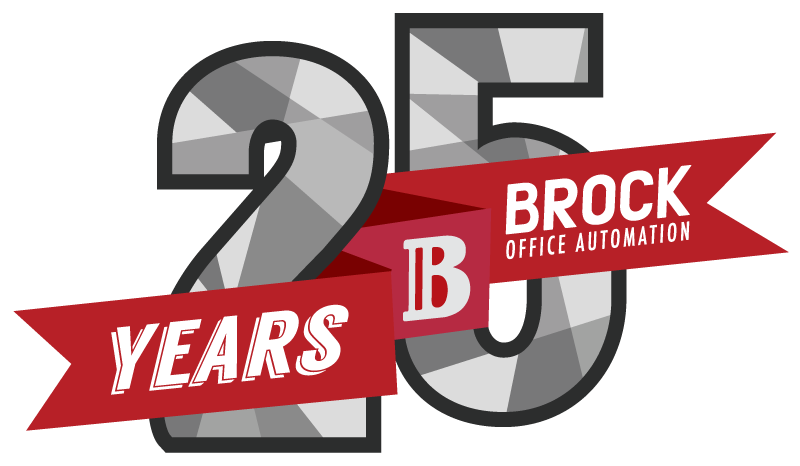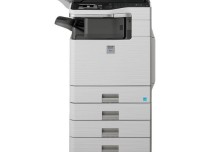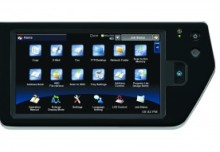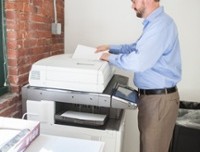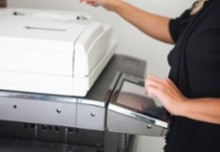ESTIMATED READING TIME: 4 MINUTES
We keep hearing futuristic tales about the soon-to-be paperless workplace. Well, those days aren’t here yet and in the meantime, there is a lot of paper types to choose from. So, how do you know what kind of paper is best for your usage? Here’s a quick guide to paper essentials so you can figure out what to use with your printers and copiers.
The basics
Brightness
Brightness is how white your paper is. Low brightness means less contrast between the paper and your ink or toner in printing. Brightness is rated on a scale from 1 to 100, so if you’re looking for bright whites and crisp blacks, look for high numbers for brighter and better paper.
Opacity
Opacity describes how much light passes through paper. While most paper has a bit of transparency (when you hold it up to light, you can see through it), cheap paper’s opacity is so low you will see your printing bleed through. There is no true opacity scale, but most is rated as low, medium or high and if you are planning on printing double-sided copies, look for high-opacity paper.
Weight
Weight determines how heavy or thick your paper is. Thick paper tends to denote quality and lighter paper tends to have higher transparency (see above). Paper weight is rated in pounds, referencing the weight of 500 sheets of paper. For reference, 20 pounds is average printer paper, 32 pounds is considered stationery-grade and postcard stock is 110 pounds.
Surface
Also known as texture, this refers to how the paper looks and feels. The smoothness of paper is determined by many manufacturing details (recycled material content, coating, etc.). Smooth paper tends to lend itself to use with inkjet and laser printers while textured paper is often used for handwritten notes.
Paper types
Bond paper
Bond paper is standard printer and copier paper. Often weighing around 20 pounds with a brightness in the 90s, this paper has a matte finish that makes it perfect for everyday use. Ink will dry quickly, preventing smudges and is usually opaque enough to allow double-sided printing. Most offices stock bond paper as their go-to printing paper.
Glossy Paper
Usually used for printing photos and brochures, glossy paper produces a sharp and vibrant printed image. Glossy paper absorbs the ink, but is easy to smudge with fingerprints and is best left untouched until the ink is completely dry.
Card Stock
Card stock is heavy and sturdy paper. It can be used as printer paper, but because of its weight, it does not move through the printer as quickly as bond paper. Card stock is generally used for signage, business cards or postcards.
